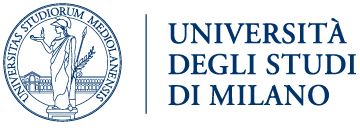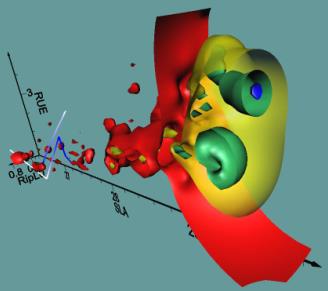A proposal of an indicator for quantifying model robustness based on the relationship between variability of errors and of explored conditions.
 |
2010 - Ecological Modelling, 221, 960-964 |
 |
Confalonieri, R., Bregaglio, S., Acutis, M. |
Abstract:
The evaluation of biophysical models is usually carried out by estimating the agreement between measured and simulated data and, more rarely, by using indices for other aspects, like model complexity and overparameterization. In spite of the importance of model robustness, especially for large area applications, no proposals for its quantification are available. In this paper, we would like to open a discussion on this issue, proposing a first approach for a quantification of robustness based on the variability of model error to variability of explored conditions ratio. We used modelling efficiency (EF) for quantifying error in model predictions and a normalized agrometeorological index (SAM) based on cumulated rainfall and reference evapotranspiration to characterize the conditions of application. Population standard deviations of EF andSAMwere used to quantify their variability. The indicator was tested for models estimating meteorological variables and crop state variables. The values provided by the robustness indicator (IR) were discussed according to the models’ features and to the typology and number of processes simulated. IR increased with the number of processes simulated and, within the same typology of model, with the degree of overparameterization. No correlation were found between IR and two of the most used indices of model error (RRMSE, EF). This supports its inclusion in integrated systems for model evaluation.
 |
Keywords: Model evaluation, air relative humidity, modelling efficiency, WARM, CropSyst |
 |
DOI: 10.1016/j.ecolmodel.2009.12.003 |
- Comparison of three calibration methods for modeling rice phenology
- A simple pipeline for the assessment of legacy soil datasets: An example and test with soil organic carbon from a highly variable area.
- A high-resolution, integrated system for rice yield forecasting at district level.
- Downscaling rice yield simulation at sub-field scale using remotely sensed LAI data.
- Analysis and modelling of processes involved with salt tolerance and rice.
- Estimating crop nutritional status using smart apps to support nitrogen fertilization. A case study on paddy rice.
- Development of generic crop models for simulation of multi-species plant communities in mown grasslands.
- Quantifying uncertainty due to stochastic weather generators in climate change impact studies
- Predicting rice blast disease: machine learning versus process-based models
- Boundaries and perspectives from a multi-model study on rice grain quality in Northern Italy.




